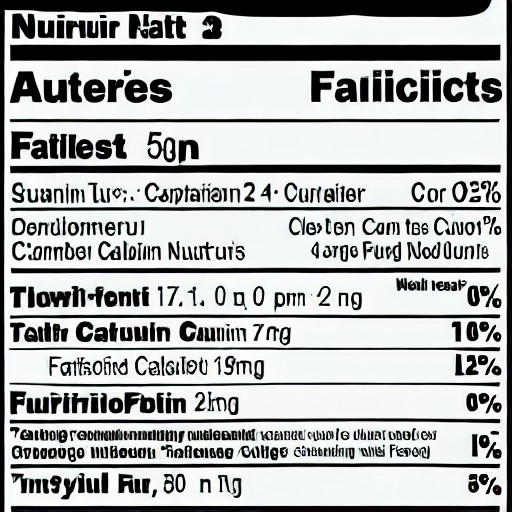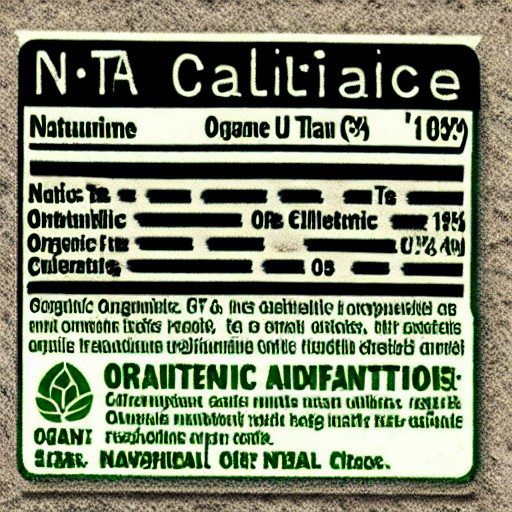Understanding Food Labeling and Marketing
Food labeling and marketing play a significant role in consumer decision-making when purchasing food products. It's essential to understand what the different terms and claims on food labels mean to make informed choices and select the right products that fit your dietary needs and preferences.

Nutrition Facts Label
The Nutrition Facts label is a mandatory label that provides important information about the nutrient content of a product. It includes serving size, calories, macronutrients (fat, protein, and carbohydrates), vitamins, minerals, and other nutrients.

Health Claims
Health claims are statements that suggest a relationship between a food or food component and a health benefit. For example, "low-fat" or "reduced-fat" claims indicate that the product contains less fat than the regular version. "Heart-healthy" claims suggest that the product may reduce the risk of heart disease.

Ingredient List
The ingredient list provides a complete list of all the ingredients used in a product, listed in descending order by weight. This can help consumers with allergies or specific dietary restrictions to identify if a product contains any ingredients they need to avoid.

Natural and Organic Claims
The terms "natural" and "organic" are often used on food labels. "Natural" means that a product contains no artificial flavors, colors, or preservatives. "Organic" means that the product was produced using specific farming practices that meet USDA organic standards. It's essential to note that a product labeled as "natural" is not necessarily organic.

Marketing Techniques
Food manufacturers use various marketing techniques to promote their products, such as attractive packaging, celebrity endorsements, and product placement. It's crucial to be aware of these marketing techniques and to focus on the information provided on the food label to make an informed decision about the product's nutritional value.
Conclusion
Understanding food labeling and marketing is crucial to make informed decisions about the food products you purchase. By paying attention to the Nutrition Facts label, ingredient list, health claims, and marketing techniques, you can select products that fit your dietary needs and preferences.